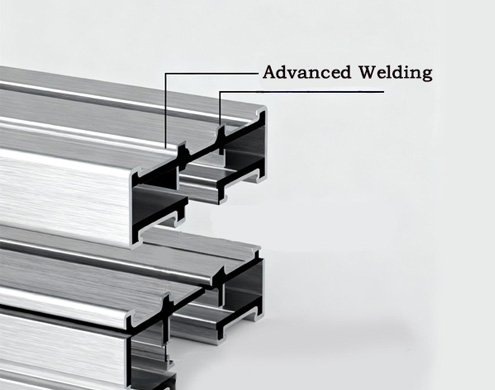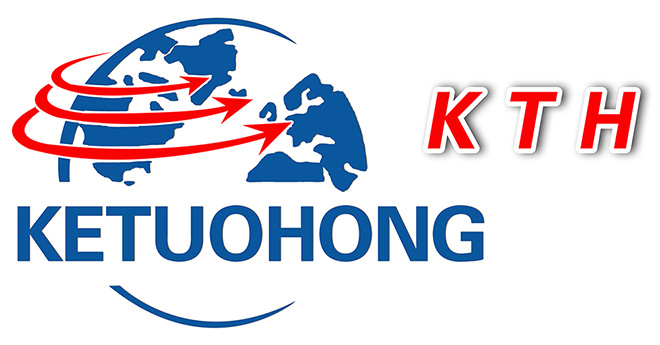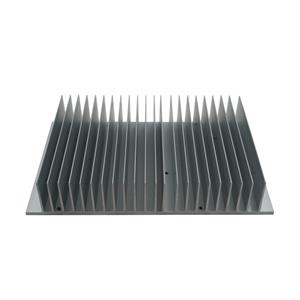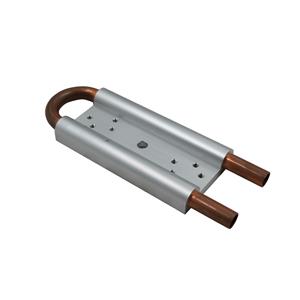Effective methods and innovative developments for aluminum extrusions connections

Breakthroughs in aluminum extrusions joining technology have improved efficiency and enhanced sustainability. As industries worldwide seek lighter, stronger, and more sustainable manufacturing solutions, aluminum profiles have become an indispensable material in numerous sectors, from automotive to construction. Recent advancements in joining technology are addressing long-standing challenges in effectively joining aluminum extrusions, facilitating more efficient production processes and superior product performance.
1.Innovative Mechanical Joining Technologies
Self-piercing riveting and friction self-piercing riveting have become two major innovations in the mechanical joining technology of aluminum extrusions. They enable the creation of strong and crack-free connections for low-ductility aluminum materials. These methods utilize the heat generated by friction to increase localized ductility, thus enabling the successful joining of challenging material combinations such as composites with 7075 aluminum alloys and cast aluminum. This technology has recently seen widespread industrial adoption through automated equipment equipped with automatic rivet delivery and clamping systems.
2.Advanced Welding Technology
Significant progress has been made in welding technology for aluminum extrusions, particularly in solving the problem of joining aluminum with other materials. Innovative methods selectively melt aluminum at the joint interface and controllably remove it, allowing for direct bonding of fasteners to steel without the formation of brittle intermetallic compounds. This process represents a major advancement for hybrid structures in automotive applications.
3. Adhesive and Hybrid Joining Methods
In addition to mechanical and thermal joining, adhesive technology has made significant progress in aluminum extrusions. An anodizing method using phosphoric acid and hydrogen peroxide solutions has been developed, which can form a three-dimensional channel pore structure with micropits and uniform nanopores on the aluminum surface. This nanostructured surface allows for deep penetration of polymer resins during injection molding or 3D printing, making it suitable for manufacturing lightweight metal-polymer composites for aluminum extrusions, while avoiding the environmental problems associated with traditional chromium-based anodizing solutions.
4. Specialized Connection Systems
Beyond laboratory-level innovations, specialized aluminum extrusions connection systems have entered the commercial application market. New aluminum profile connection bases, utilizing guide blocks and guide grooves, feature a right-angle design and guide block structure, significantly improving connection stability and assembly efficiency.




